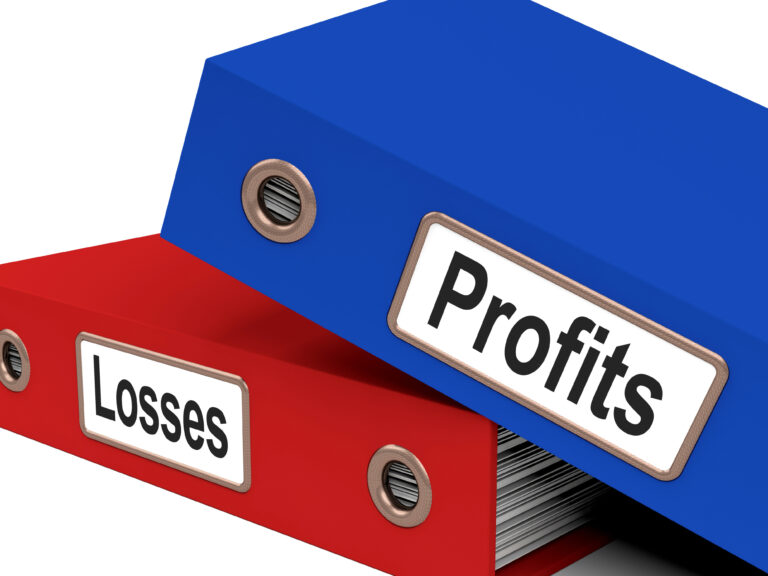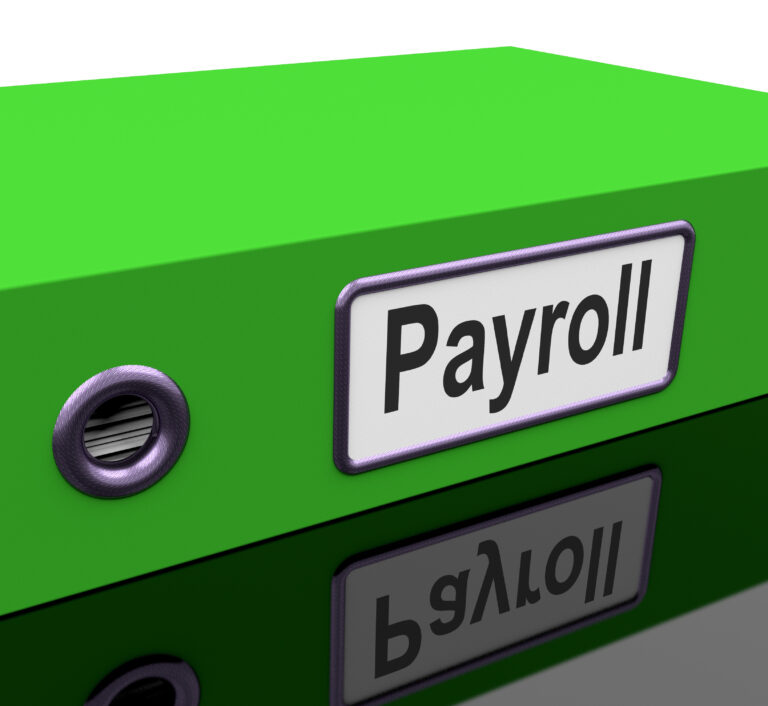Although the precipitous drop in the stock market is terrible news for most, there may be a silver lining for many. This bear market may be the right time for some to convert their Regular IRA to a Roth.
Let’s remember the major difference between the two. On a Regular IRA, you get a deduction when you deposit funds but have to pay regular taxes on principal and interest when it’s distributed.
Roth IRA’s are the exact opposite. You pay tax when you deposit but don’t have to pay anything on principal or interest when the funds are distributed.
Like most retirement plans, the question is do you want to pay taxes now or later? If you’re an upper income earner, normally that answer is now given the amount that your deposits will grow over time.
Converting a Regular IRA to a Roth requires you to pay tax over time on the conversion amount. My point is that taking advantage of a down market may make this much more palatable. If you normally have $500K in an IRA and that goes down to $375 in a down market, you would only pay tax on the lesser amount.
A major consideration in this decision is the amount of time one has until retirement. If you only have five years until retirement, then why pay all of the tax now? It would be easier to spread it out over your entire retirement.
If you still have twenty years before putting in your papers and getting the gold watch, then it might be time to do some math. Please realize that tax planning is a major consideration.
You’ll owe income tax on the entire amount converted. Please make sure this is affordable before making a bad decision.
Let me leave you with this.
In the continuing task of doing tax planning for our clients, we’re finding that many who had outside payroll services just didn’t withhold enough to cover their eventual income tax. This is a common problem for business owners given the fact that we pay tax not only on our W-2’s but also on the income pass throughs from our businesses.
The lack of planning can cause some higher than normal tax bills. There are two common solutions.
First would be to pay your quarterly estimated payments. Many taxpayers get their income tax returns and pay no attention to these. Although the quarterly estimates will not guarantee anyone a refund, they will certainly estimate an eventual income tax, making sure that you have deposited at least last year’s liability.
This can be difficult. If you owe a larger amount, let’s say $20K in federal taxes, making a $5K deposit every quarter can be a hardship.
The second solution would be saving for an eventual income tax in smaller amounts by increasing the withholding on your payroll. Adding $385 to your weekly federal withholding can be easier than writing a $5K check every three months.
This is where having your accounting and payroll service at the same place can pay substantial dividends. If you allow us to do both, we can coordinate your withholding making your life substantially easier.
We’re all going to get through this. Let’s get through it together.
Words from our exceptional leadership.



